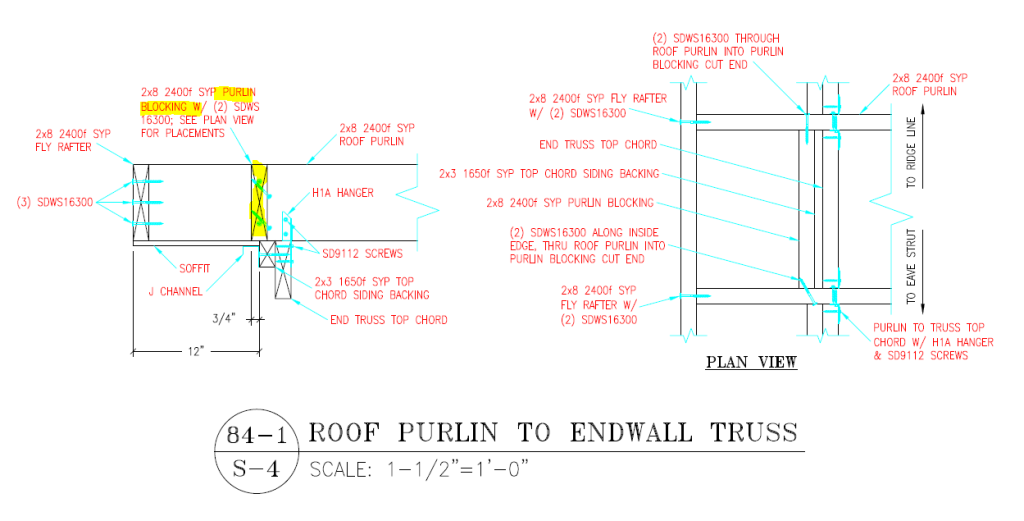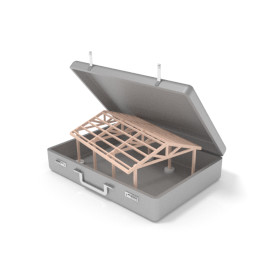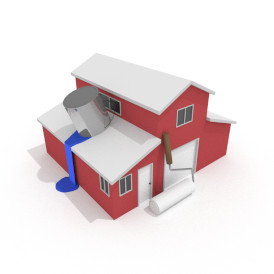How To Insulate My Barn
Reader MIKE writes:
“I had a couple of questions about a 36×48 barn I am insulating. 1) I have vented soffits with overhang on all four sides and the ridge cap has a porous foam between the ridge cap and metal. Is this breathable and is this sufficient. 2) I am insulating the walls with R-19 and ceiling with R-38 and is it ok to seal the corners and other air leaks with spray foam and caulking. Thank you for your help sir.”
In order to achieve proper airflow through your attic space, you should block off vents in endwall overhangs. This can be done by using solid 2x blocking above end truss and between roof purlins. I can only assume your ridge cap foam will be adequate.

In order to determine sufficiency:
Provision of 1 square foot of NFVA for each 150 square feet of attic floor (1659 square inches of NFVA in your case). One important note – attic floor area is just what it sounds like – area – not volume. This is a minimum requirement and does not stipulate required ventilation openings provide intake (low), exhaust (high), or both.
Or,
• Provision of 1 square foot of NFVA for each 300 square feet of attic floor (830 square inches of NFVA in your case) if both or either of these following conditions are applicable:
• A Class 1 (≤ 0.1 Perm) or 2 (> 0.1 to ≤ 1.0 Perm) vapor retarder is installed on warm-in-winter side of ceiling when structure is located in climate zone 6, 7, or 8.
• At least 40% (332 square inches of NFVA), but not more than 50% (415 square inches) of NFVA is provided by vents located not more than 3 feet below highest point of roof. (This would be your ridge venting) It is extremely important to get these proportions correct, in order for air to flow properly from eave to ridge.
• Provision for a minimum 1 inch air space between roof sheathing (in your instance likely only steel roofing) and insulation in attic at vent location.
You do need a provision to control condensation under your roof steel. If none is present at least two inches of closed cell spray foam should be applied to underside of steel. Otherwise, expect drips.
Seal up any possible air leaks.






